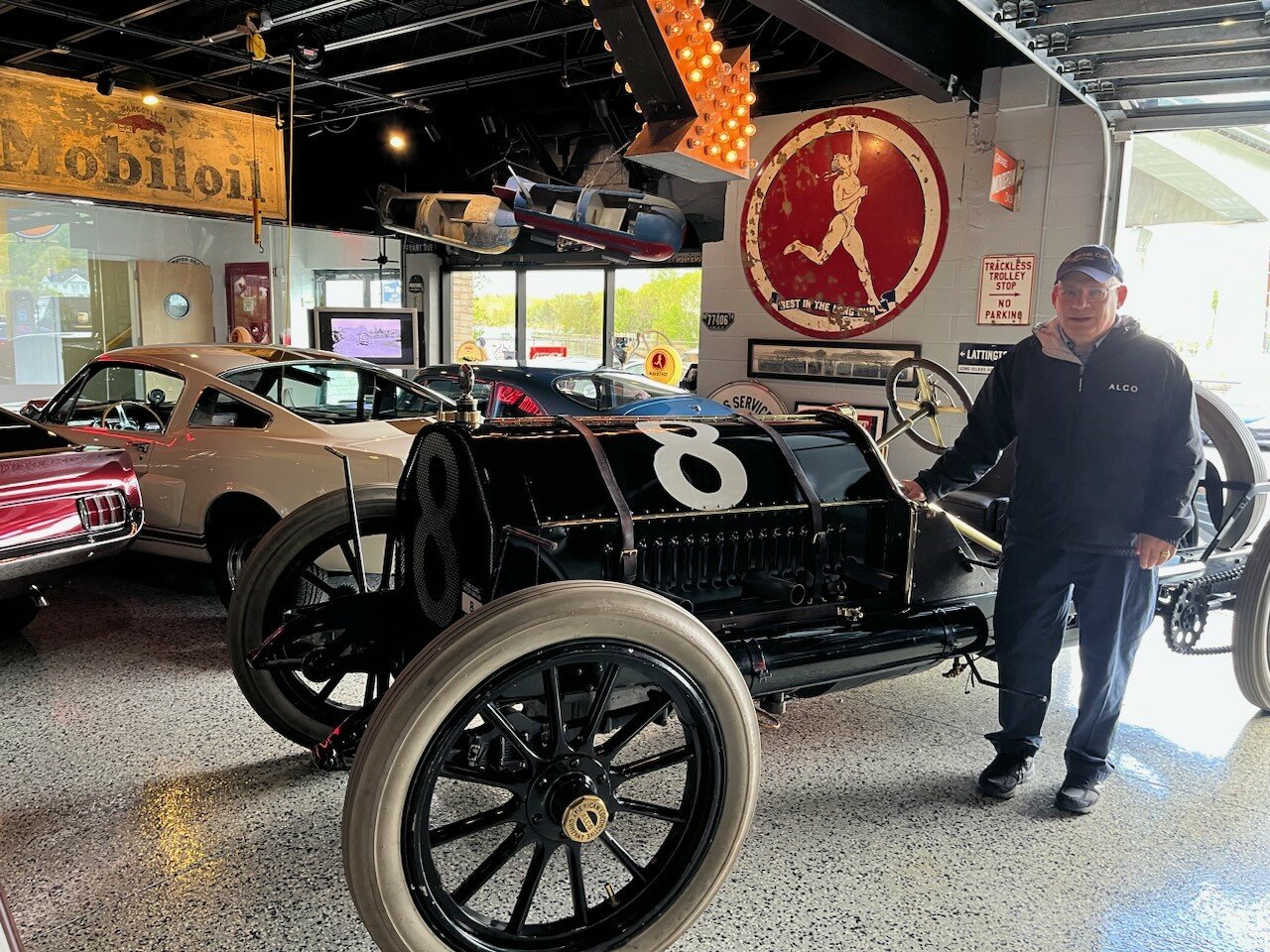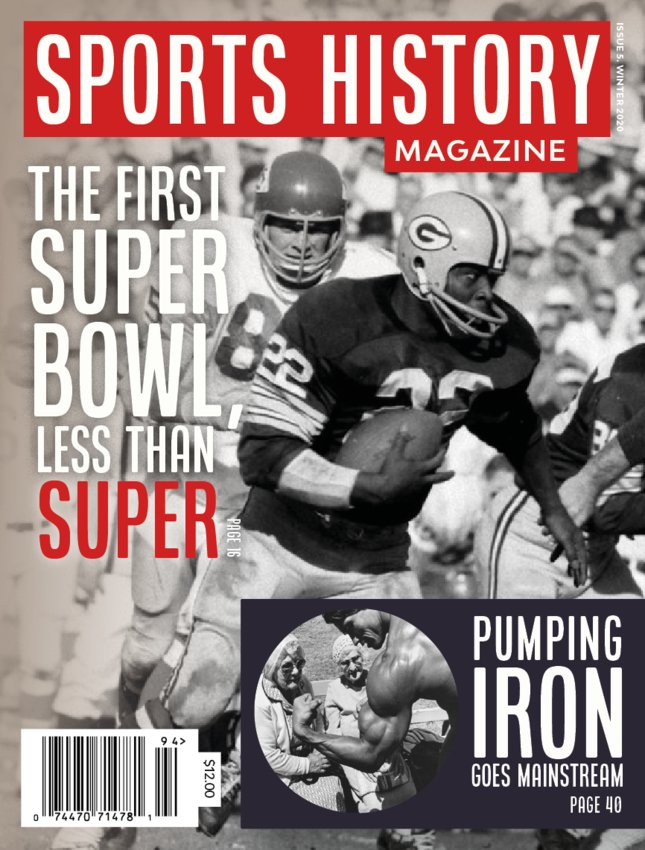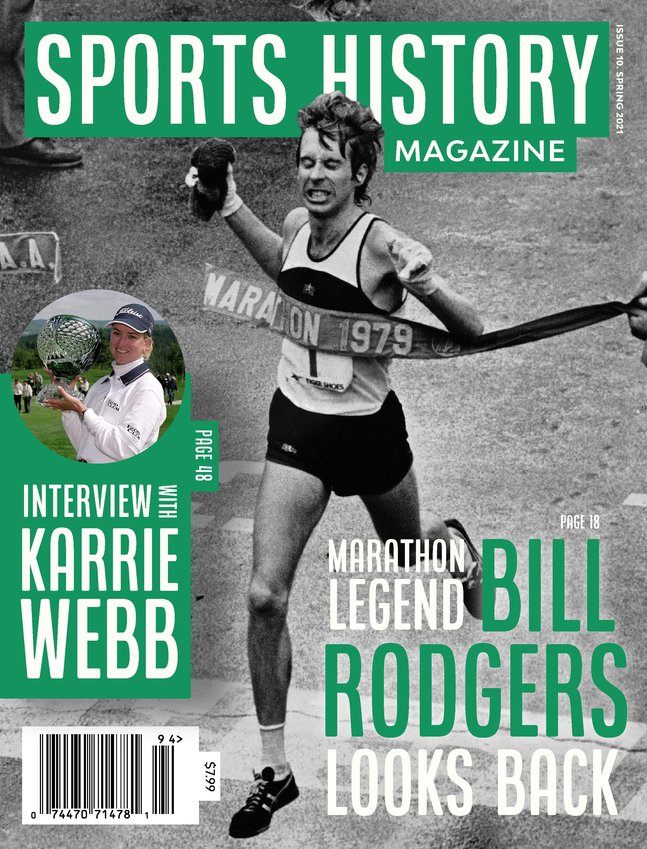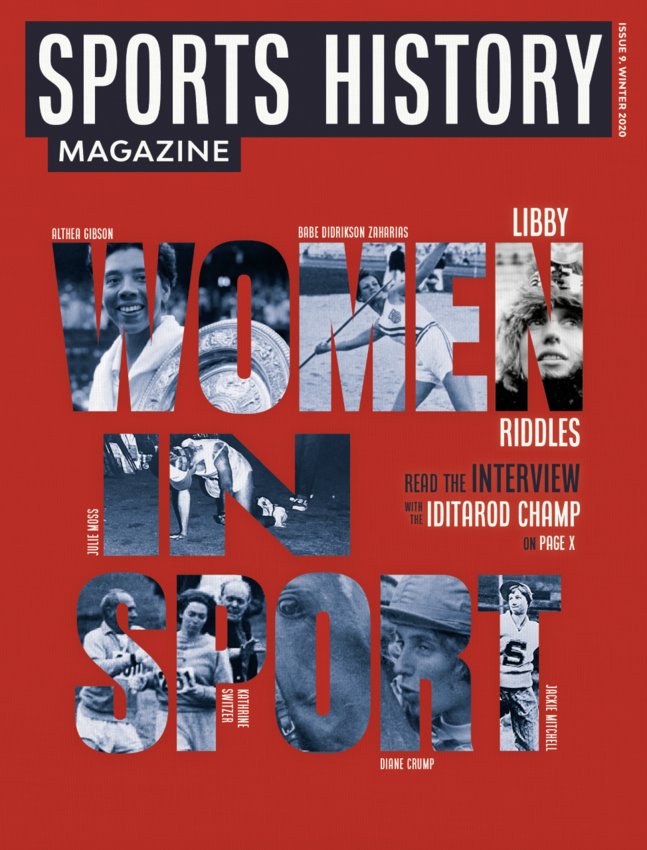Recalling Long Island’s Vanderbilt Cup Races
A vintage car collector preserves a bygone era
“Chain your dogs and lock up your fowls!” Those words were printed on notices across Long Island, New York announcing the first Vanderbilt Cup Race on October 8, 1904.
It was the dawn of the age of the automobile and William K. Vanderbilt, Jr., great-grandson of the business magnate, Cornelius Vanderbilt, was determined to close the automotive gap between the Americans and Europeans.
Leveraging the family name, he sponsored the first international automobile race in the U.S. by inviting French, German, and Italian producers in the hopes of advancing the car concept on this side of the Atlantic.
Not only did Vanderbilt’s vision help promote the growth of automobiles in the U.S., but it also spurred the development of motorized parkways.
BUY- The Vanderbilt Cup Races of Long Island
A scion of the gilded age, Vanderbilt bought one of the first racing cars imported into the U.S.- a $10,000, 28-HP Daimler. He raced in Newport, Rhode Island, competed in Europe, and in 1904 set the 1-mile speed record at 92.3 mph in a 90-HP Mercedes at Ormond-Daytona Beach.
“He always felt that the United States was missing the boat when it came to cars,” says Howard Kroplick, a vintage car collector and leading authority on the Vanderbilt Cup Races that were held on Long Island from 1904-1910.
Kroplick is the author of 2 books on the topic: Vanderbilt Cup Races of Long Island and The Long Island Motor Parkway (co-author). Both belong to the Images of America book series released by Arcadia Publishing.
Packed with archival photos and historical captions to go along, the books offer a wonderful time-capsule into the early world of racing and the country’s first motorized parkway.
Included are images of what is believed to be the first use of a checkered flag (1906) and pictures of pit stops that were actual 5-foot sunken pits where crews huddled with their tools and waited for the cars to stop for service.
A native of Long Island, Kroplick grew up near the original Vanderbilt race course. He attended Stony Brook University for engineering, Wharton for his MBA, and later on became a successful entrepreneur.
In 2008, he sold his 150-employee medical communications company and in his words, “refocused” instead of retired.
With money in the bank and time on his calendar, he set off to research the Vanderbilt Cup Races, a slice of local lore that always fascinated him.
Surprised that there was limited literature on the subject, he started amassing an extensive collection of memorabilia that would eventually serve as the basis for his publications.
“Nobody knew about these Vanderbilt Cup races,” he exclaims.
He created the website www.VanderbiltCupRaces.com, which earned several awards for digital presentation and automotive history.
Along the way, Kroplick began purchasing and restoring antique cars, which he houses at an industrial chic building that he owns with a partner in Roslyn, New York.
Among his prized possessions are: Walter Chrysler’s personal 1937 Chrysler Imperial C-15 Town Car, 1948 Tucker 1044, 1962 Holman Moody Challenger III, 1963 Mustang III Concept Show Car, and 1966 Shelby Mustang 350-H.
But the jewel in the crown that connects him to the Vanderbilt Cup era is a fire-breathing 1909 ALCO-6 Racer that was nicknamed the “Black Beast”.
Manufactured by the American Locomotive Company (ALCO) of Providence, Rhode Island, the Black Beast resembles a gun barrel mounted on spoked wheels.
It won the 1909 and 1910 Vanderbilt Cup races and participated in the first Indianapolis 500 (1911) where it was favored to win, but placed 33rd in a field of 40 after blowing a rod.
In 2011, at the 100th anniversary of the Indy 500, Kroplick and 2-time Indy champion, Emerson Fittipaldi, circled the track with the Black Beast in a ceremonial kickoff to the race.
BUY- 'The Long Island Motor Parkway'
But the Vanderbilt Cup chase pre-dated Indy and was the first to draw tens of thousands of road racing enthusiasts who filled hotels and restaurants in what was then rural Long Island.
Farmers initially protested the mayhem that was wrought on their bucolic land, but then realized they could charge for parking and profit from the event.
The first race in 1904 featured 10 laps around a 30.24-mile triangular course with the start-finish line in Westbury and control stops in Hicksville and Hempstead.
Some 25,000 people showed up to watch 18 starters roar through Long Island’s country dirt roads. Each vehicle was dual-manned by a driver and a mechanic who aided in navigation and worked a hand pump to maintain fuel pressure.
Outclassed by their European guests, the Americans fielded modified touring cars such as a 24-HP Pope-Toledo. Their most powerful machine was a 75-HP Simplex, which still couldn’t match the 90-HP French Panhards, or 90-HP Fiats.
American-born driver George Heath ended up winning the inaugural race, averaging 52.2 mph in a Panhard and clearing the finish line in 6 hours, 56 minutes, and 45 seconds.
The success of Vanderbilt’s first contest was lauded on both sides of the big pond and ensured that the next one would be an even greater extravaganza.
The official program guide for the second race was filled with automobile ads of the day- The Christie, The Wayne, The Maxwell- along with suppliers- Samson Leather Tire, Witherbee Battery, Harris Oil.
100,000 spectators lined the 1905, 28.3-mile course to catch sight of famous European drivers such as Italy’s Vincenzo Lancia and France’s Louis Wagner, in addition to a future car designer whose company would bear his name- Louis Chevrolet.
Once again, a French manufacturer captured the title- a Darracq averaging 61.5 mph and driven by Victor Hemery. Returning to the Cup for a second time, Heath was runner-up in a 120-HP Panhard.
Coming in third was a Locomobile driven by Joe Tracy. It was the first time an American car ever placed in international competition.
1906 saw a new circuit layout that included 11 turns, including one hairpin, and more challenging hills around a 29.1-mile loop.
Wagner was first to clear the finish line in a Darracq followed by Lancia in a Fiat. Though, the excitement of a 3rd race, which saw crowds swell to over 150,000, was marred by a spectator fatality.
Vanderbilt’s cousin, Elliot Shepard, Jr., driving a 130-HP French Hotchkiss, had struck a man that was leaning into the road from the crowd on the 6th lap.
The races lacked spectator control and the tragedy of 1906 prompted the press to question the benefit of the Vanderbilt Cup. At issue was the continued use of public roads for what many regarded as a hobby of the idle rich.
The result was the creation of the Long Island Motor Parkway, a private road and the first one built specifically for the automobile.
“Vanderbilt bought the land and made it into a toll road when they weren’t racing,” notes Kroplick.
The original plan called for a straight 65-mile stretch from Floral Park to Riverhead, but the concrete pavement stopped at 44 miles in Lake Ronkonkoma.
Revolutionary for its time, the road design also included numerous overpasses and underpasses.
A small, 5-by-5 porcelain plate served as an early version of the EZPass, giving paying vehicles unrestricted use of the parkway.
The Cup failed to take place in 1907 and when the highly-anticipated road project was christened in October, 1908, it formed just a 9-mile section of the 24-mile racing circuit.
That year, George Robertson thundered to the finish line in a No. 16 Locomobile, averaging 64.3 mph and giving Americans their first combined car and driver victory. Having won 2 previous competitions that year, Robertson was hailed as America’s premier racer.
The Locomobile Company of America, based in Bridgeport, Connecticut, promoted their automotive supremacy in The Horseless Age magazine:
'Locomobile Wins the Vanderbilt Cup-258 Miles in 240 Minutes-Over A Slippery Course'
BUY- 'Vanderbilt' (NYTimes Bestseller)
1909 and 1910 ushered in stock-chassis that replaced the earlier specialized models. It was a sign that the automobile was now reaching beyond its leisure and racing class and into mass market.
For both years, the loop was also shortened to just 12.64 miles in order to reduce interval time between cars and enhance the entertainment value of the race.
Driven by Harry Grant, the 6-cylinder ALCO triumphed on both occasions, becoming one of the most famous cars of its era.
Having outgrown its location and suffering 2 additional fatalities in 1910, the Vanderbilt Cup left Long Island to other parts of the country- Savannah, Milwaukee, San Francisco, and finally Santa Monica where it was withdrawn from competition (1916).
In a 1934 interview, at the 30th anniversary of the first race, Vanderbilt reflected on the early years of the Cup’s romance and mystique:
“When it was taken away from Long Island, it didn’t seem like the Vanderbilt Cup Race. And it did seem that about all that could be hoped for had been accomplished, so it was a fitting moment to end the races.”
ENJOY OUR CONTENT? SIGN UP FOR OUR FREE WEEKLY NEWSLETTER AND SHARE ON YOUR SOCIAL MEDIA













